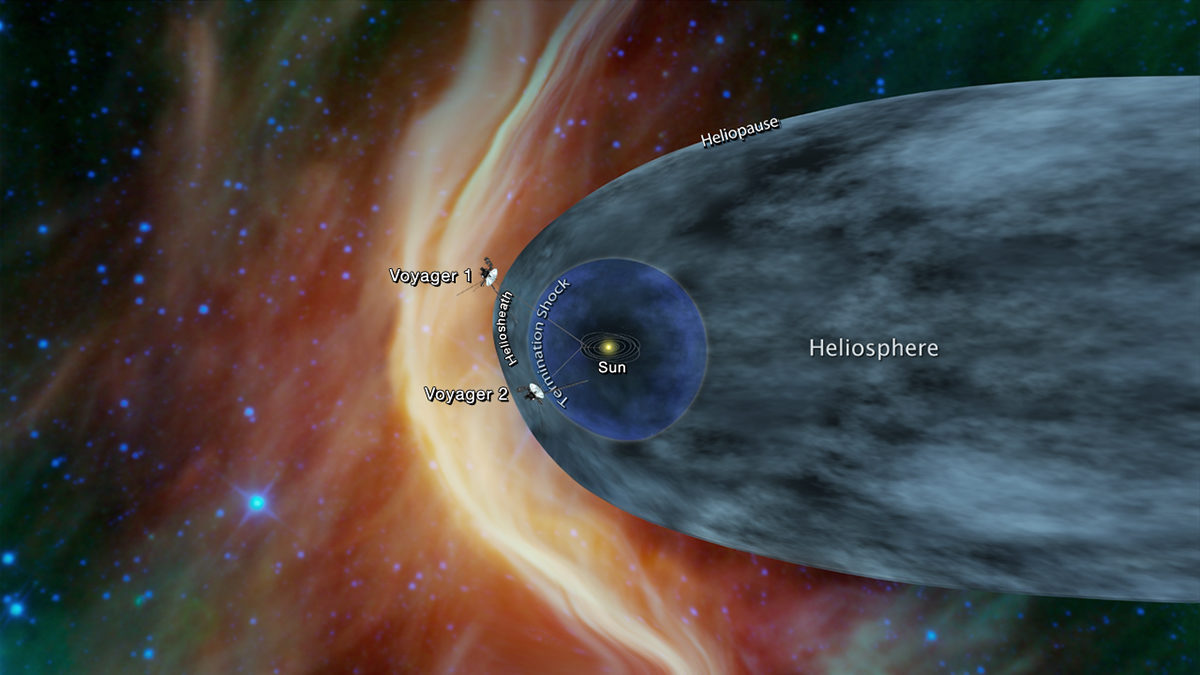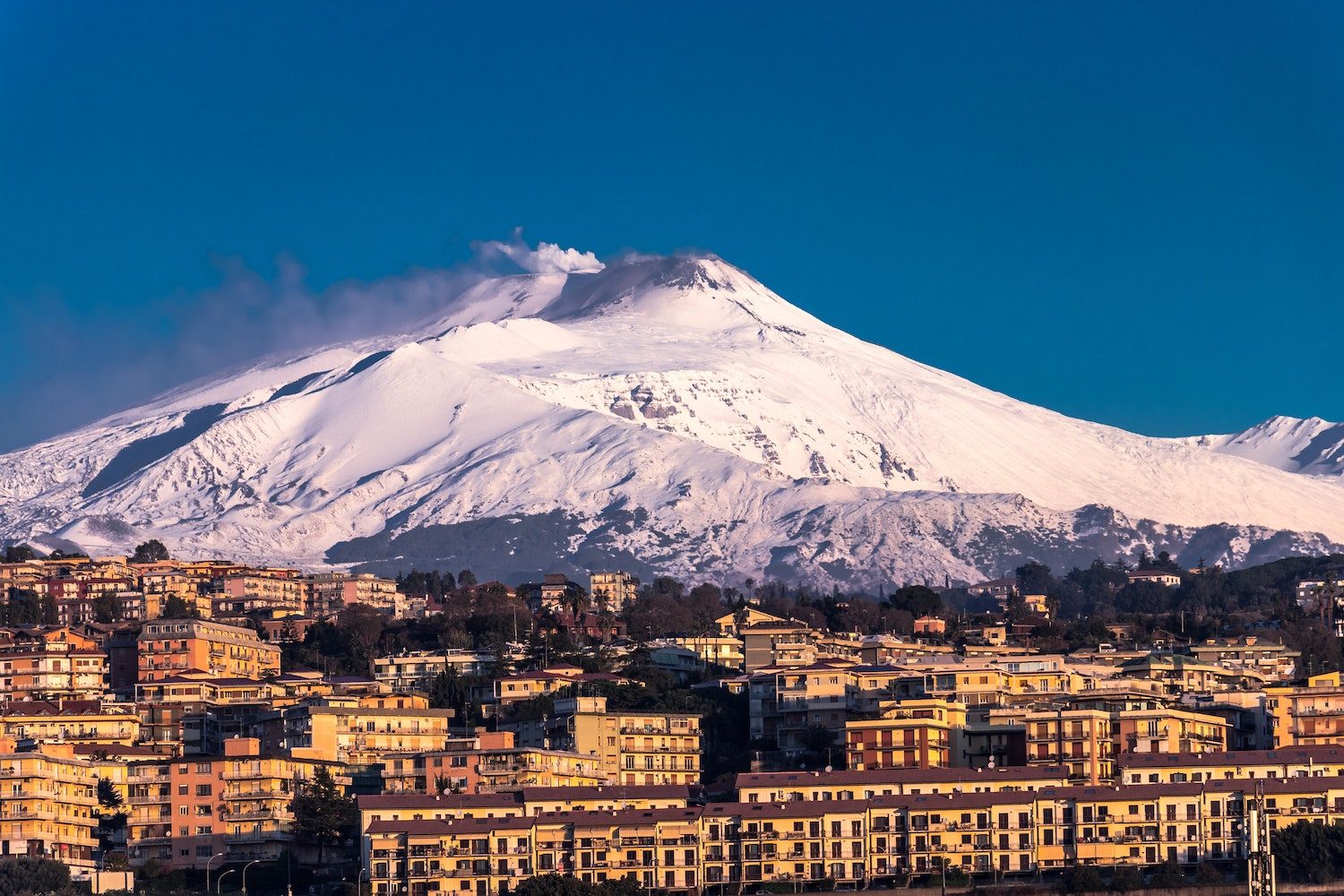OF THE
TIMES

The smallpox vaccine was first developed in 1775, credited to Edward Jenner, who first experimented with an eight year-old boy named James Phipps. Jenner claimed that the procedure of injecting cowpox pus prevented smallpox and he convinced King George that his vaccine would eliminate smallpox. King George awarded Jenner the equivalent of half a million dollars to inoculate the public against smallpox.
After widespread vaccinations, the Smallpox Hospital in London reported a steady, disturbing increase in smallpox cases, rising from 5% to 96% by 1885. Mortality rates from smallpox also rose. The smallpox vaccine caused many diseases including syphilis, tuberculosis and leprosy.

Comment: For more on the Russia's groundbreaking technology, check out:
- Putin Delivers Landmark 'State of The Union' Speech: Puts The Smack Down on US, Shows Off Latest Russian Nuclear Weapons
- Russian military technology: More bang for the buck
- World's first sea-borne nuclear power plant reaches Russia's Arctic for maiden mission
- The Saker: Political implications of Russia's new weapons
- The Saker: The ramifications of S-300s and other military hardware for Syria
- About Those 'Nice, New, Smart' Missiles And The 'Chemical Weapons' Sites in Syria
Also check out SOTT radio's: Behind the Headlines: Putin The World To Rights: Russia's New Nuclear Weapons And The End of 'Unipolarity'